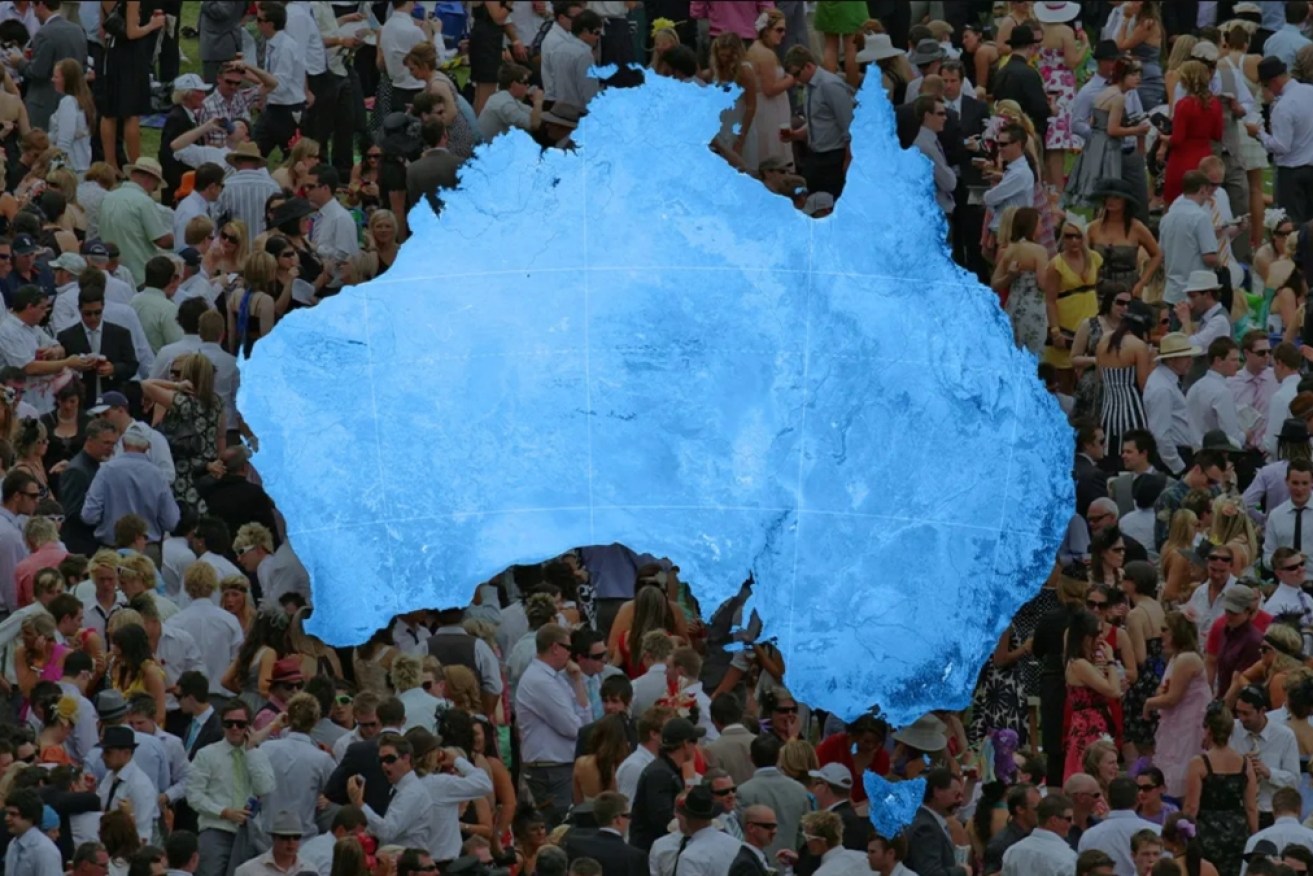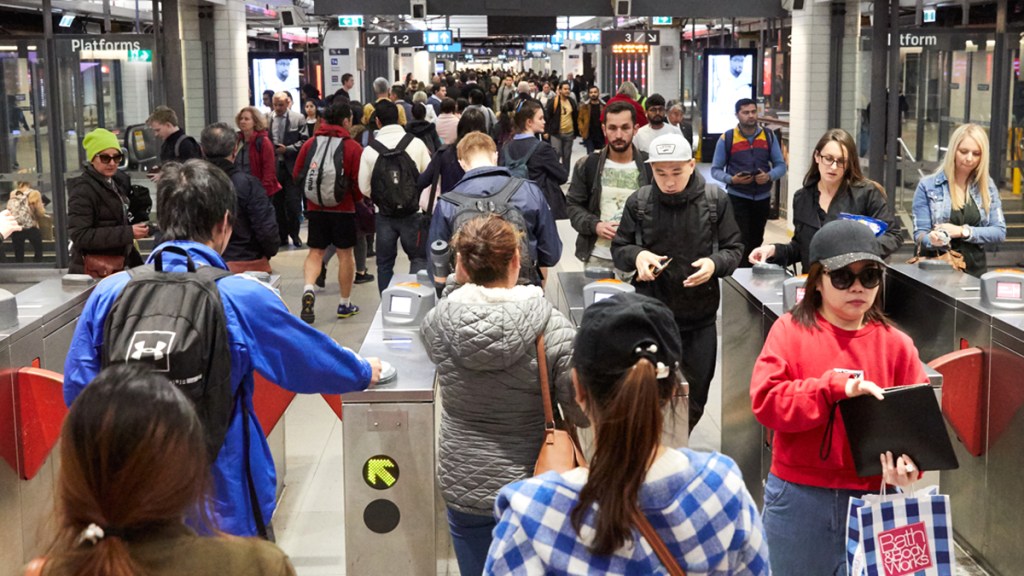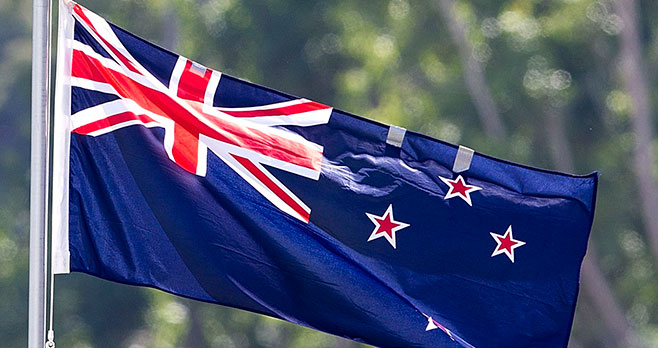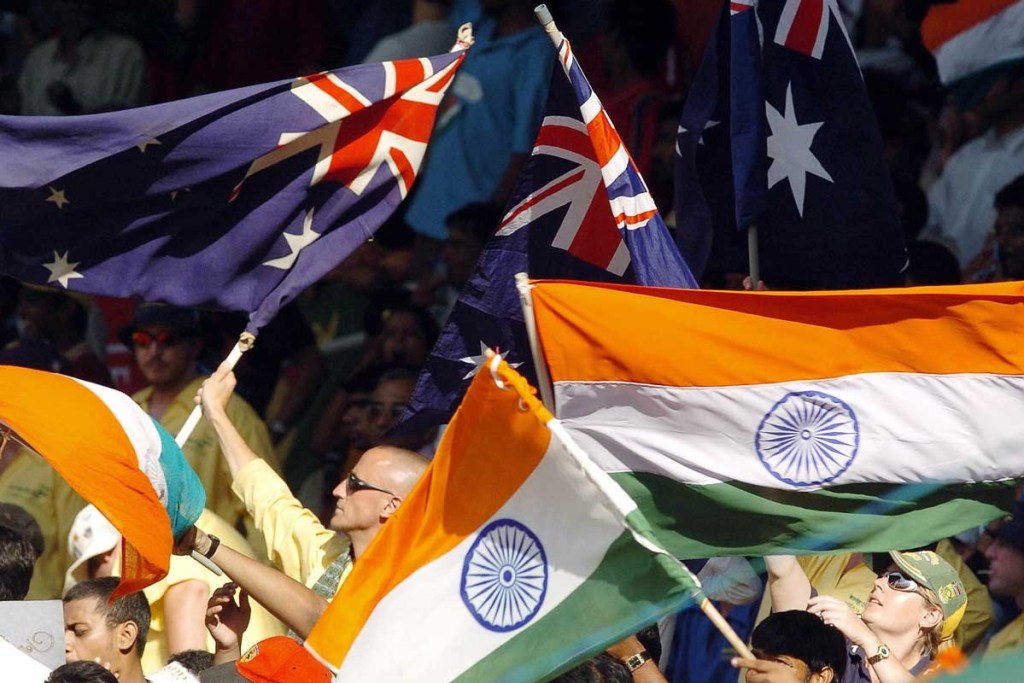Data uncovers surprising shifts in Australia’s population


Australia's population is quickly changing, according to new data. Photo: TND/Getty
Australia’s immigration patterns and demographics have undergone a huge change across the previous decades, according to data from the Australian Bureau of Statistics.
Australia had an estimated population of just over 26.6 million people as of June 30, 2023, with 8.2 million of those born overseas.
According to the ABS, the overseas-born population in Australia lifted by 494,000 people last year, increasing to 30.7 per cent of the population from 29.5 per cent in 2022.
The ABS said that generally, more people migrate to Australia than leave it.
“This flow of migrants contributes to the growth of Australia’s population as well as increasing the number of Australians born overseas,” it said.
“Between 1954 and 2021, there was a steady increase in Australia’s overseas-born population.”

More of Australia’s population is born overseas compared to previous years after the Covid-19 pandemic. Photo: AAP
State by state
The countries of birth with the largest populations nationally were England, India, China and New Zealand, but it wasn’t universal across the states.
England had the biggest population across Tasmania, Western Australia and South Australia, while India represented the biggest foreign-born residents in Victoria and the ACT.
Queensland’s largest population was New Zealanders, while the ACT’s was the Philippines.

Queensland has a higher population of New Zealand-born residents than any other population group. Photo: Getty
WA had the highest proportion of people born overseas at 34 per cent, and Tasmania had the lowest with 16 per cent.
Changing demographics
The 962,000 English-born residents in Australia continue to be the country most represented in the overseas-born statistics.
However, the population of expats has been “steadily decreasing from a peak of just over one million in 2013”.
“England, India, China and New Zealand were the most common countries of birth within the overseas-born population,” the ABS said.
“Together, they made up over one-third of Australians born overseas.”
The population of Indian-born residents has doubled since 2013 from 378,480 people to 845,800 in 2023.

The number of Indian-born residents in Australia is quickly catching up to the number of British-born people. Photo: Getty
This represents the biggest increase in population over the past decade, quickly gaining on the English-born cohort.
The third- and fourth-largest are China and New Zealand respectively; however, the Chinese population has decreased to 656,000 from 661,000 since 2019.
The age of people born overseas and living in Australia has also changed, the ABS stated.
‘‘The median age of people born overseas decreased from 45 years in 2021 to 43 years in 2023,” the ABS said.
“This change occurred due to the reopening of international borders and the associated increase in younger people, such as international students, migrating to Australia.”
The ABS said that the impacts of the Covid-19 pandemic was felt most in 2021.
“Due to the impact of the Covid-19 pandemic and the decrease in younger people – such as international students – migrating to Australia, the median age of the overseas-born population increased to 45 years,” it said.
“In 2023 it decreased to 43 years, after the reopening of international borders and associated increase in migrant arrivals.”








